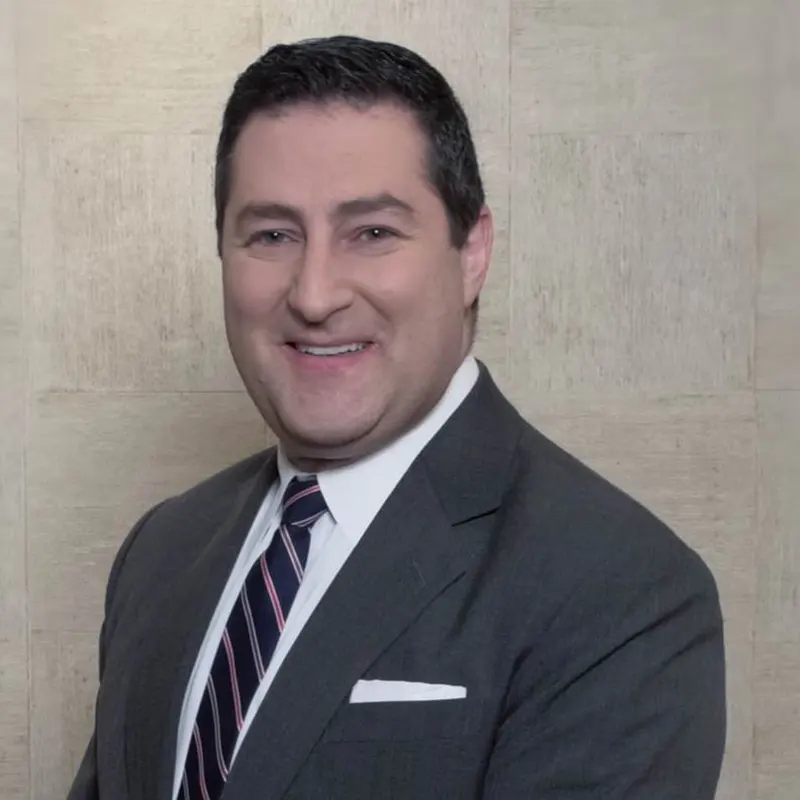
Pablo Picasso left behind 1,885 paintings, 1,228 sculptures, 7,089 drawings, as well as tens of thousands of prints, thousands of ceramic works and 150 sketchbooks when he passed away in 1973. He owned five homes and a large portfolio of stocks and bonds. “The Master” fathered four children with three women. He was also thought to have had $4.5 million in cash and $1.3 million in gold in his possession when he died. Once again, Picasso did not leave a will. Distributing his assets took six years of contentious negotiations between his children and other heirs, such as his wives, mistresses, legitimate children and his illegitimate ones.
Celebrity Net Worth’s recent article entitled “When Pablo Picasso Died He Left Behind Billions Of Dollars Worth Of Art … Yet He Left No Will” explains that Picasso was creating art up until his death. Unlike most artists who die broke, he had been famous in his lifetime. However, when he died without a will, people came out of the woodwork to claim a piece of his valuable estate. Only one of Picasso's four children was born to a woman who was his wife. One of his mistresses had been living with him for decades. She had a direct and well-documented influence on his work. However, Picasso had no children with her. Dividing his estate was a disaster.
A court-appointed auditor who evaluated Picasso's assets after his death said that he was worth between $100-$250 million (about $530 million to $1.3 billion today, after adjusting for inflation). In addition to his art, his heirs were fighting over the rights to license his image rights. The six-year court battle cost $30 million in legal fees to settle. But it didn't settle for long, as the heirs began fighting over the rights to Picasso's name and image. In 1989, his son Claude sold the name and the image of Picasso's signature to French carmaker Peugeot-Citroen for $20 million. They wanted to release a sedan called the “Citroen Xsara Picasso.” However, one of Picasso's grandchildren tried to halt the sale because she disagreed with the commission paid to the agent who brokered the deal—but oddly enough, the consulting company was owned by her cousin, another Picasso.
Claude created the Picasso Administration in Paris in the mid-90s. This entity manages the heirs' jointly owned property, controls the rights to exhibitions and reproductions of the master’s works, and authorizes merchandising licenses for his work, name and image. The administration also investigates forgeries, illegal use of the Picasso name and stolen works of art. In the 47 years since his death, Picasso has been the most reproduced, most exhibited, most stolen and most faked artist of all time.
Pablo Picasso's heirs are all very well off as a result of his art. His youngest daughter, Paloma Picasso, is the richest, with $600 million. She’s had a successful career as a jewelry designer. She also enjoys her share of her father's estate.
Reference: Celebrity Net Worth (Sep, 13, 2020) “When Pablo Picasso Died He Left Behind Billions Of Dollars Worth Of Art … Yet He Left No Will”
The 15 minute initial phone call is designed as a simple way for you to get to know us, and for our team to learn more about your unique estate planning needs.

